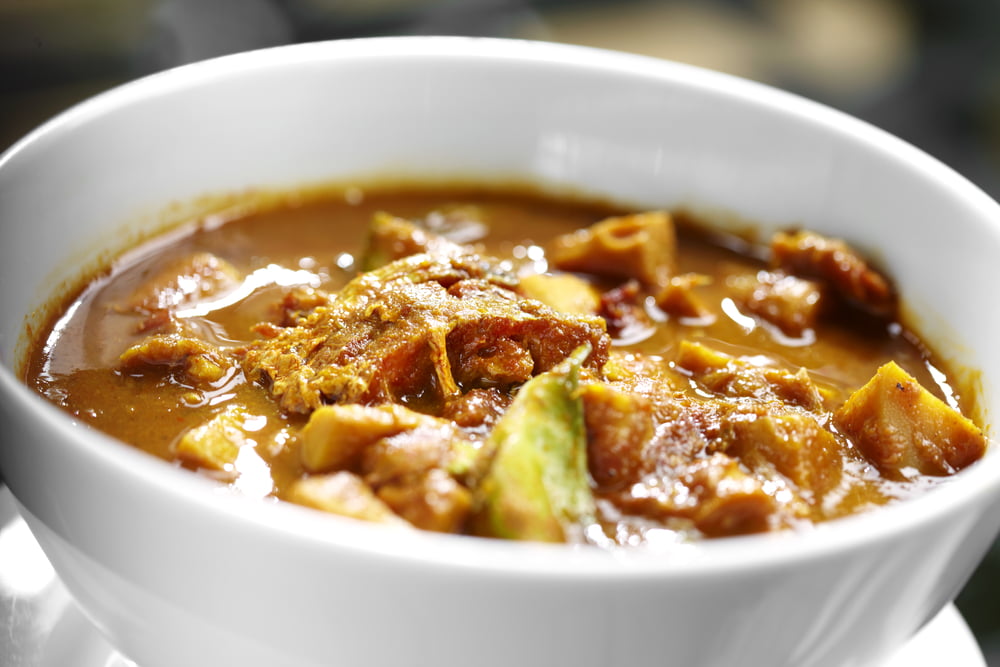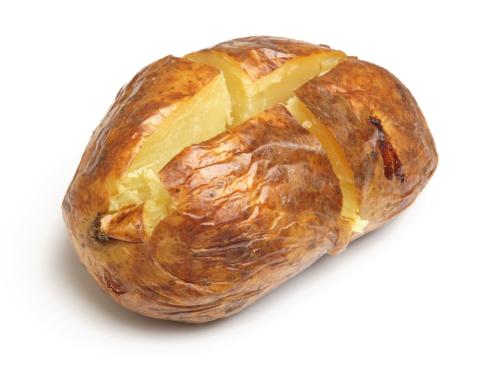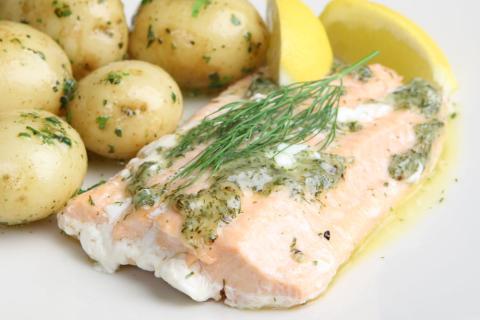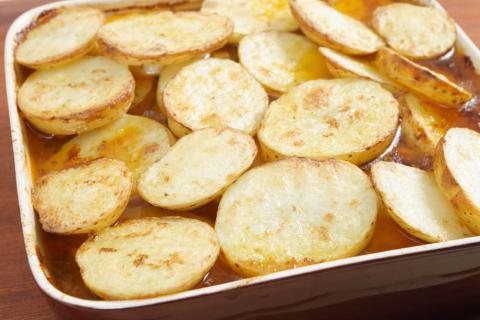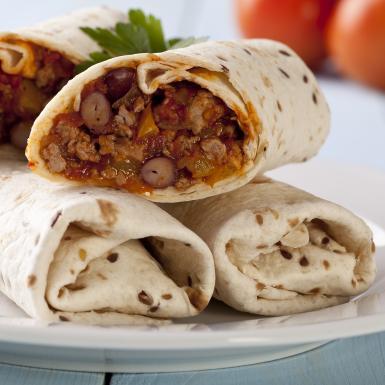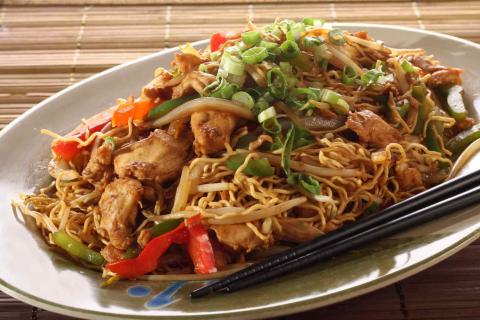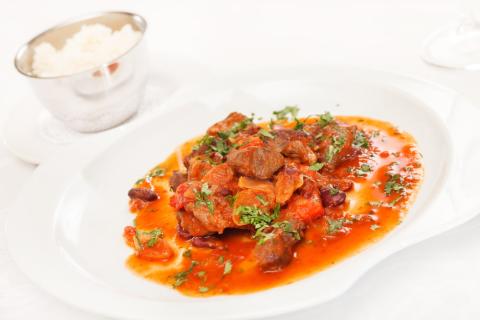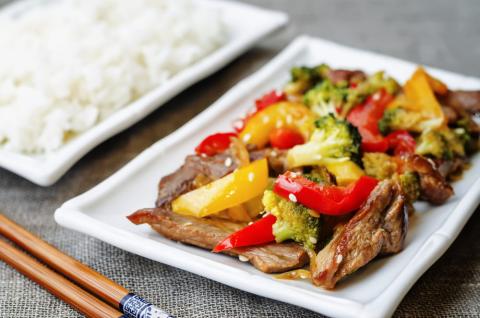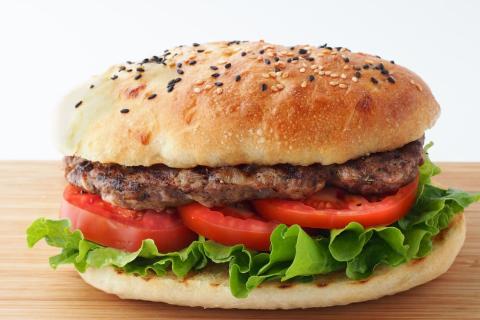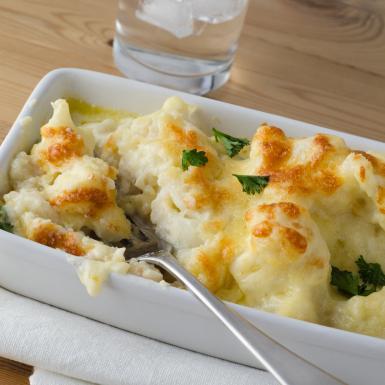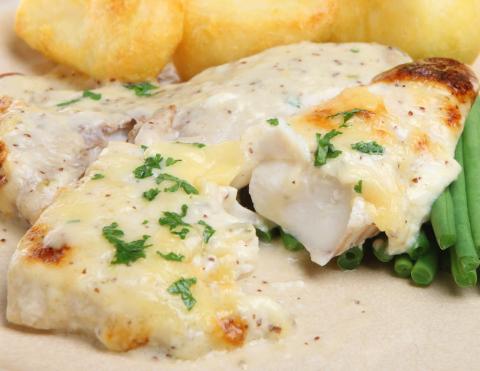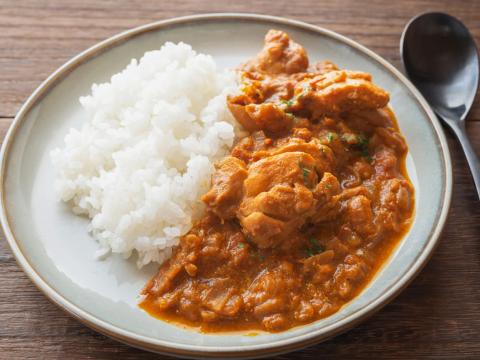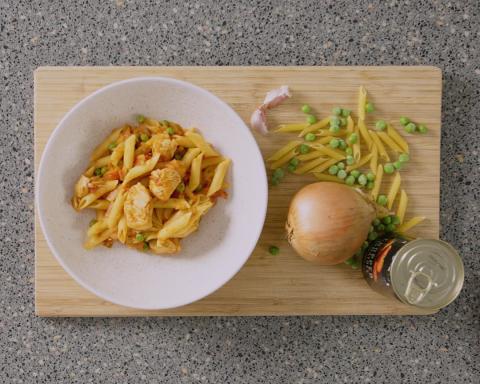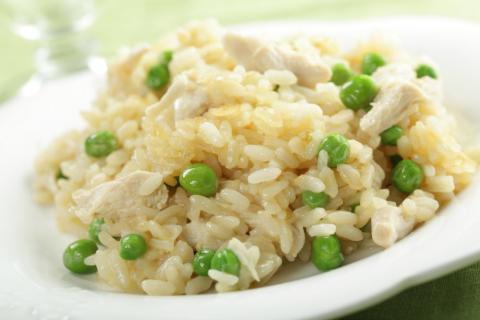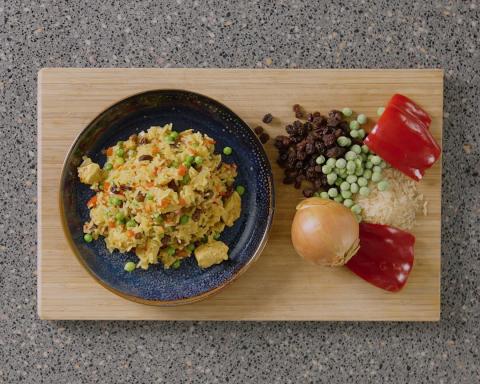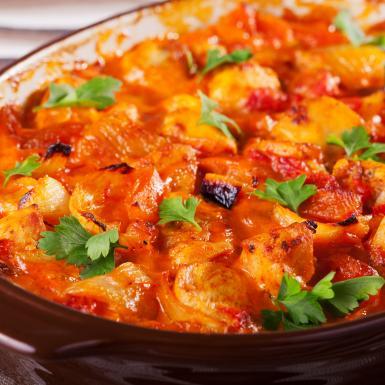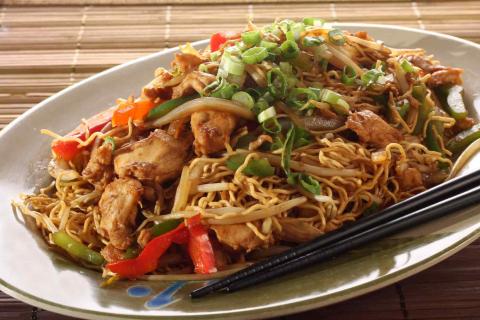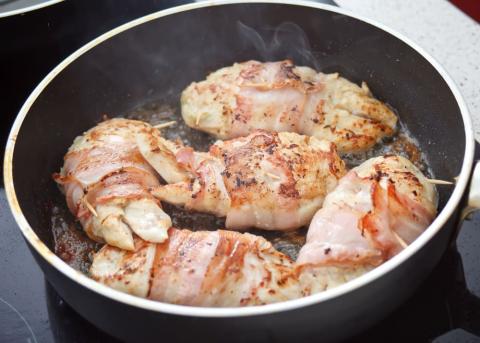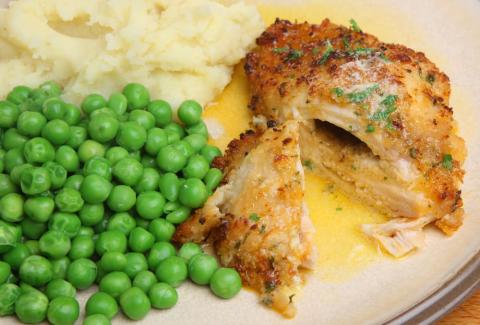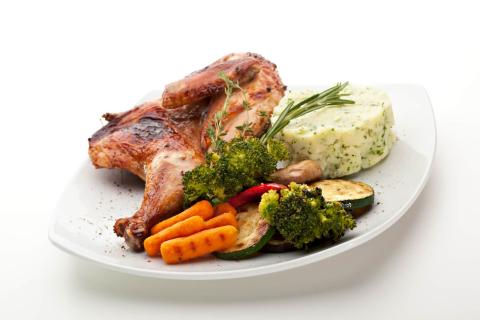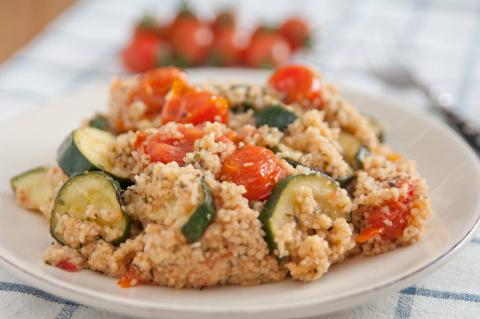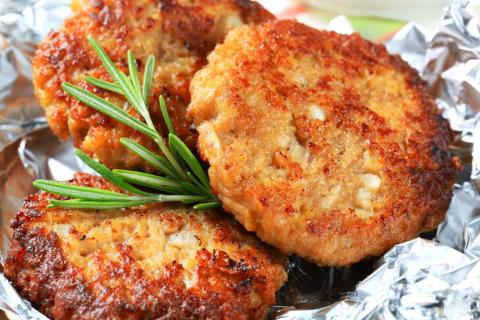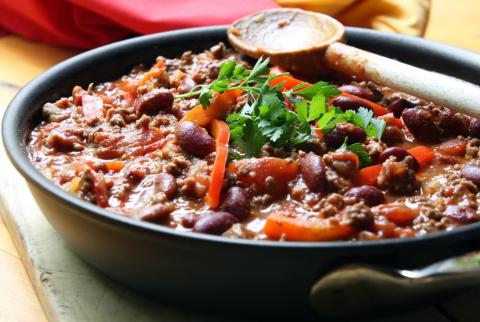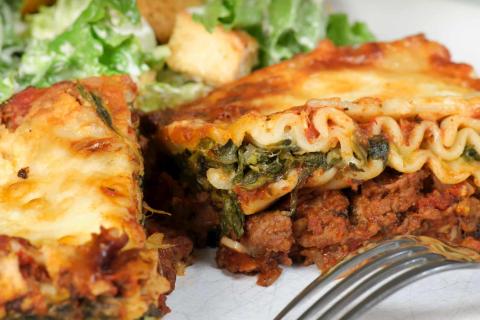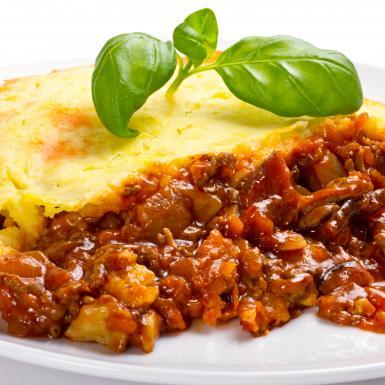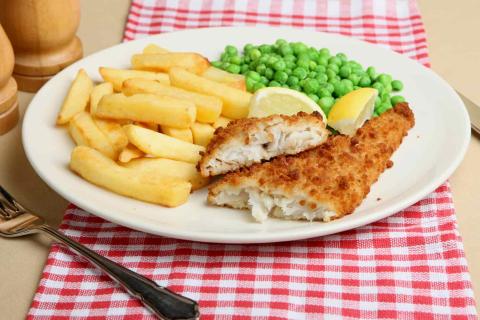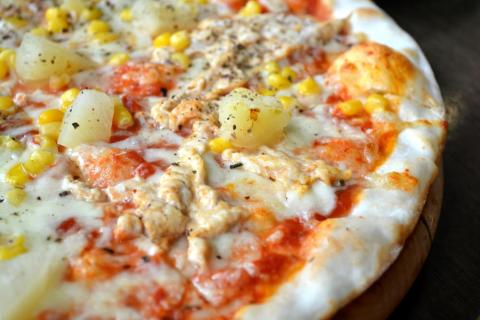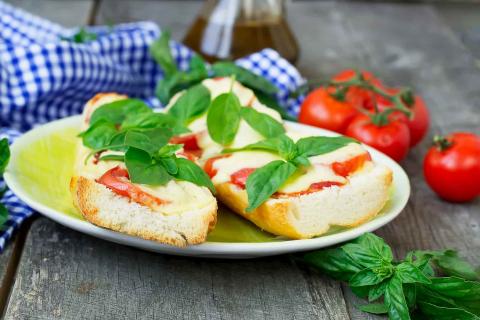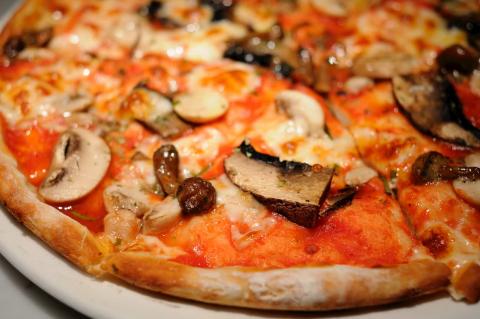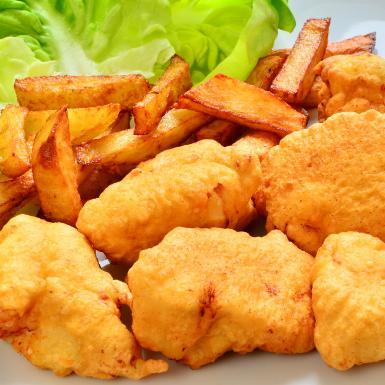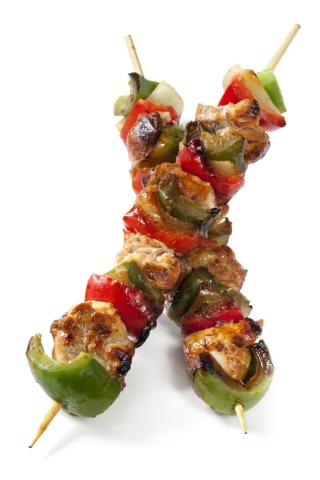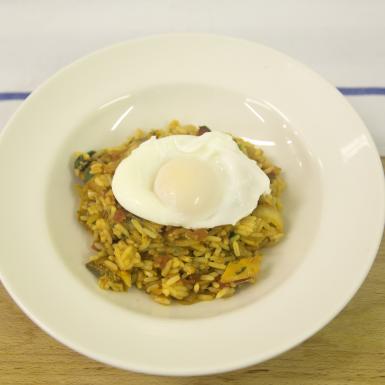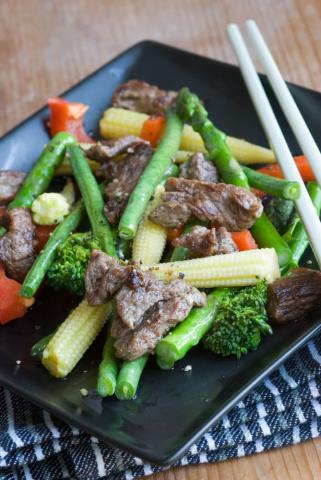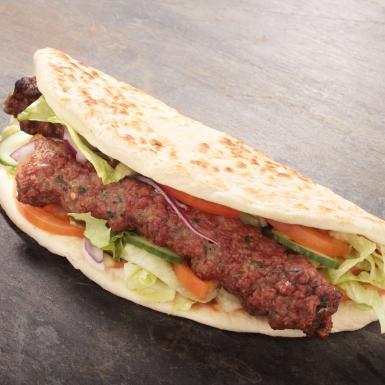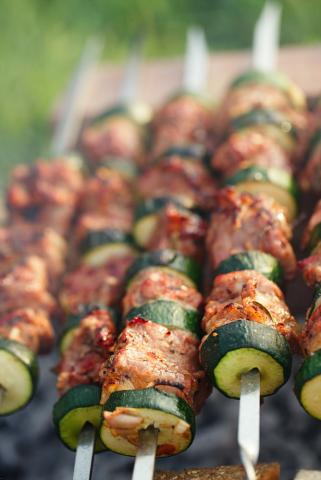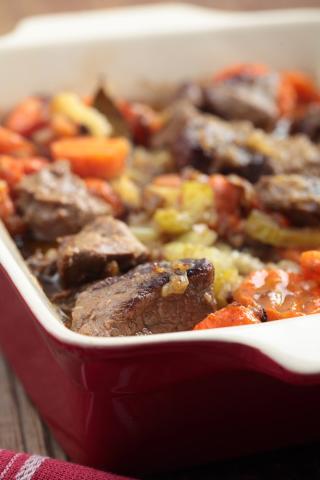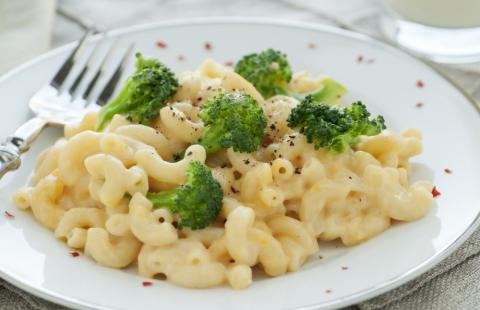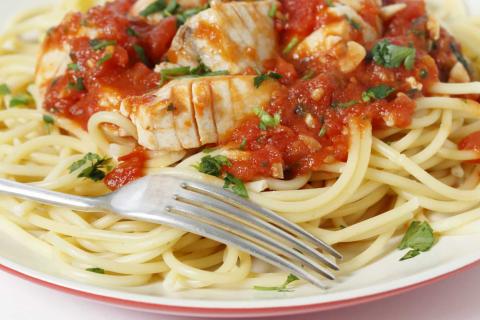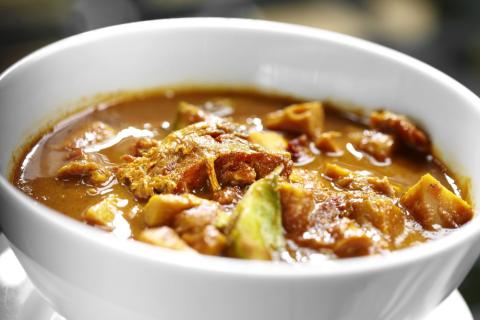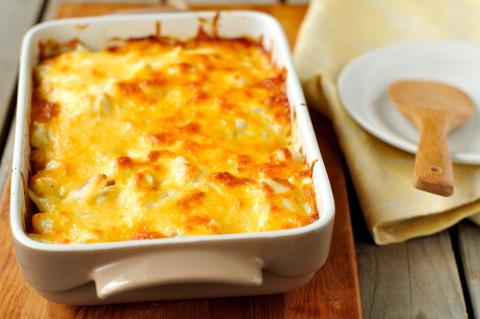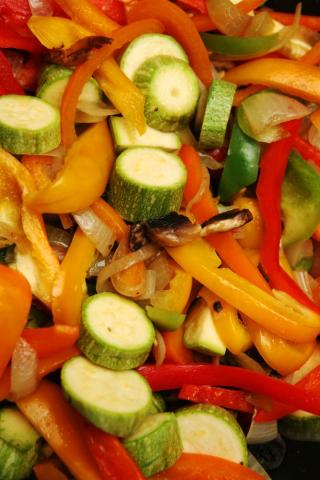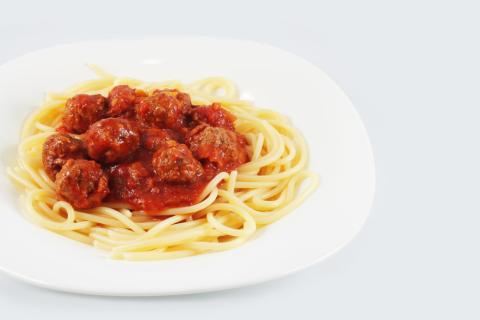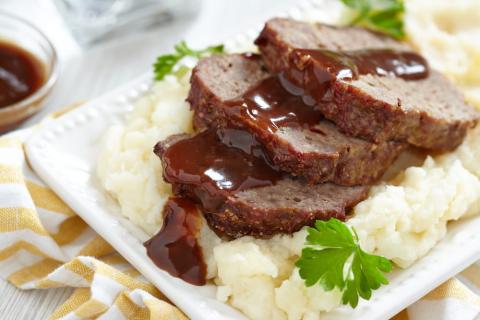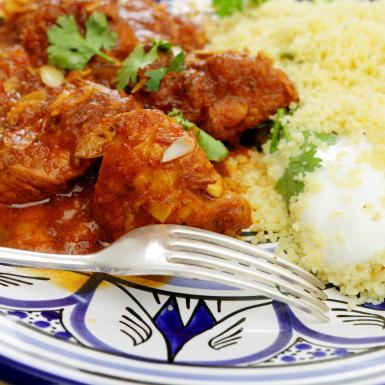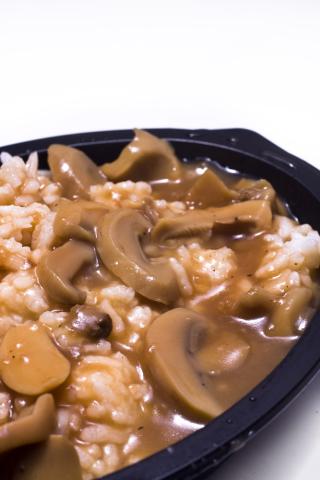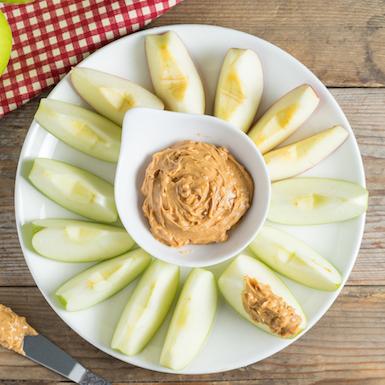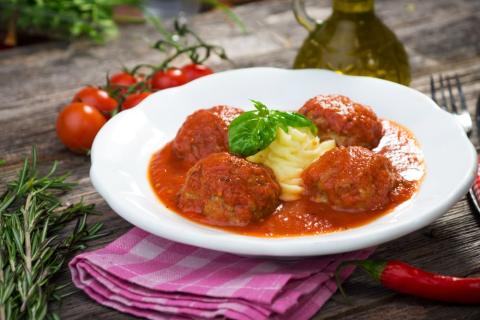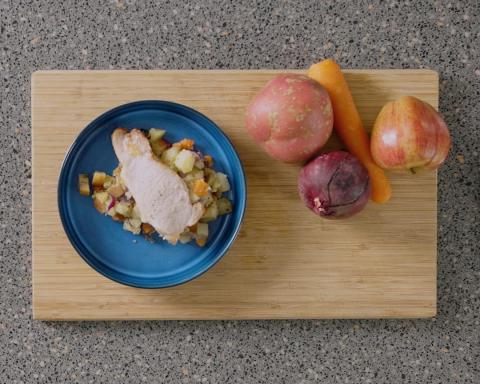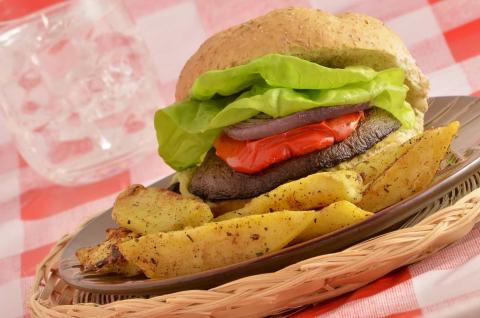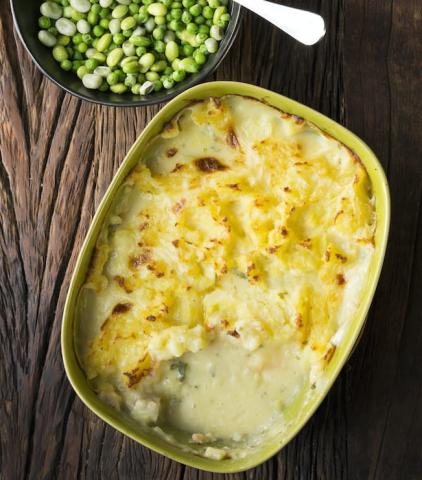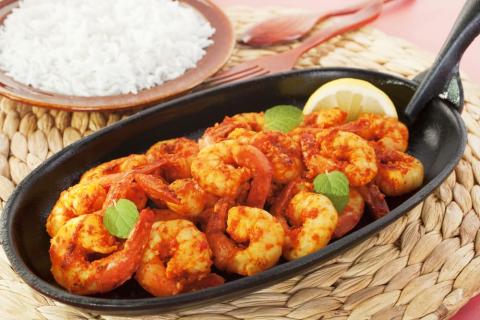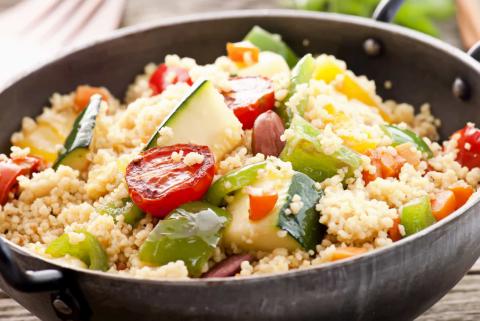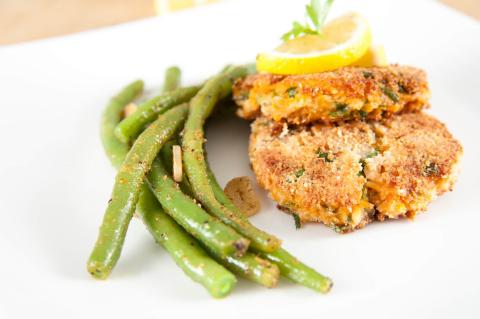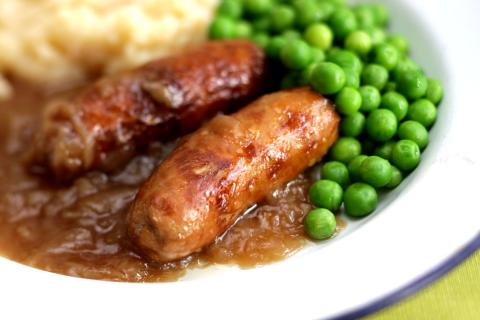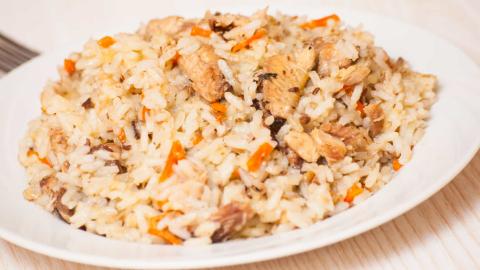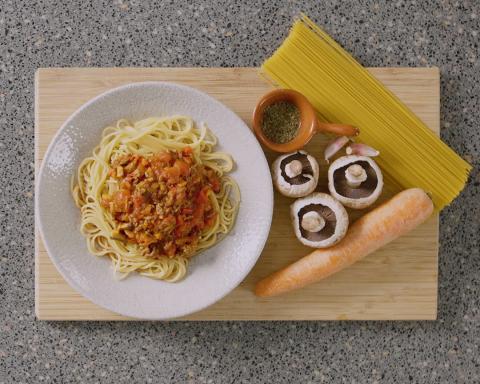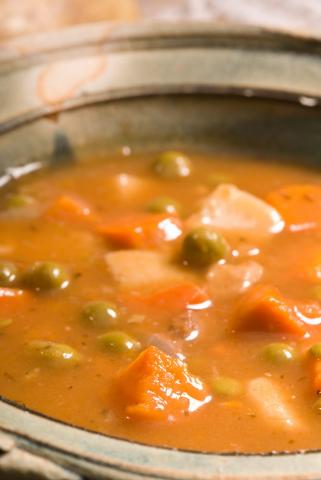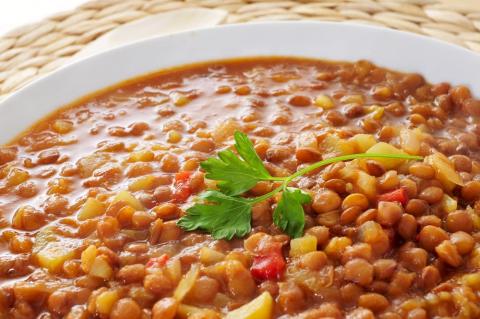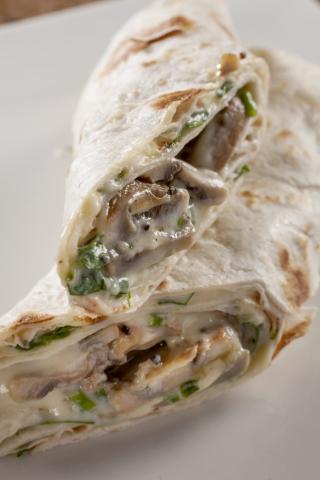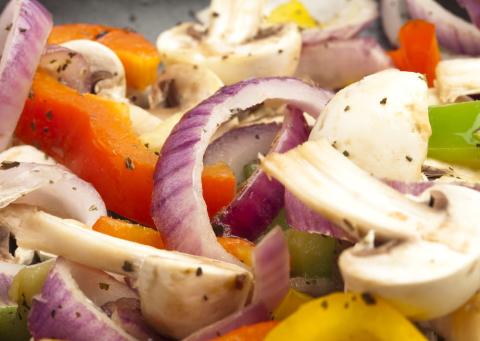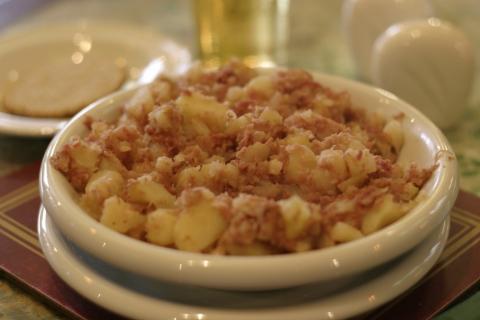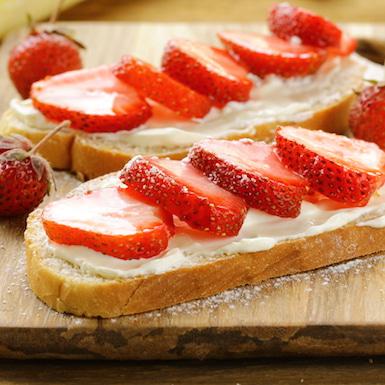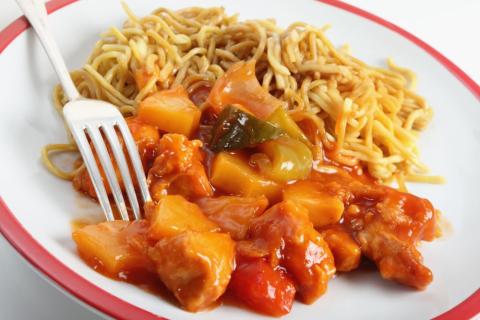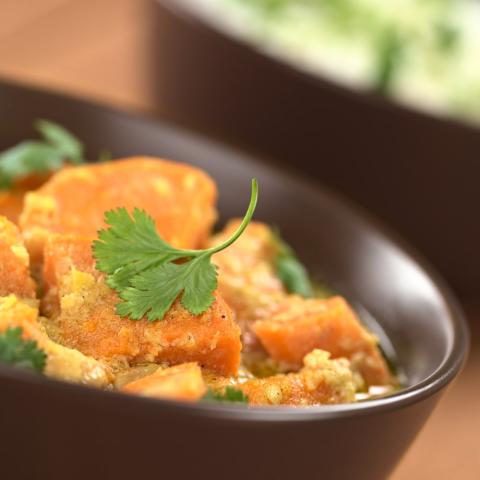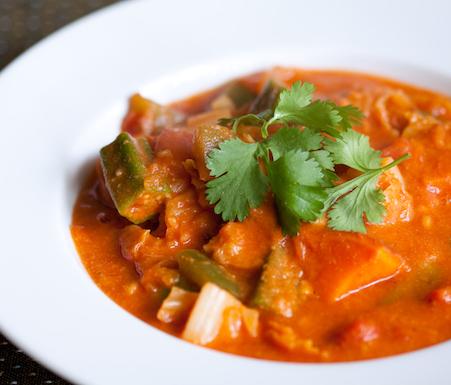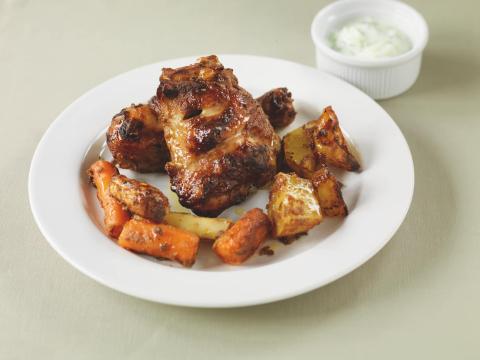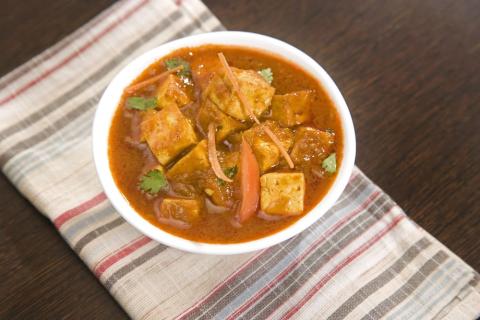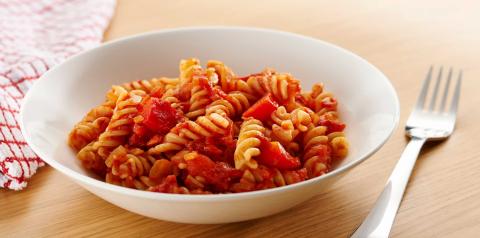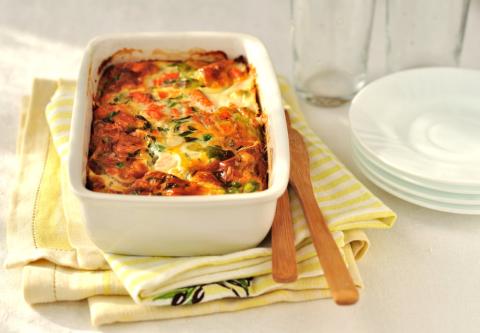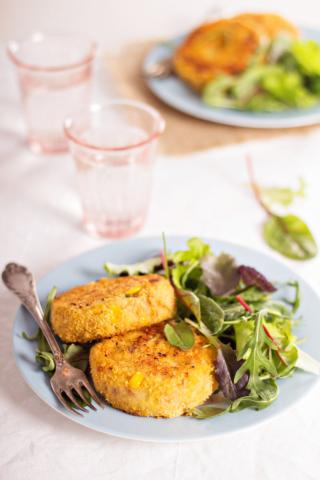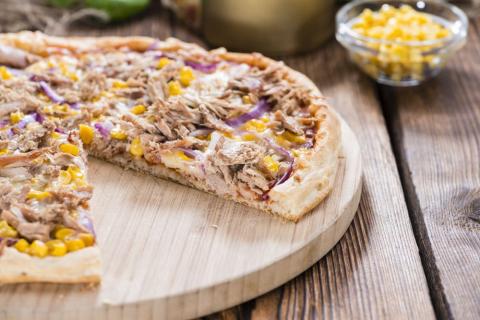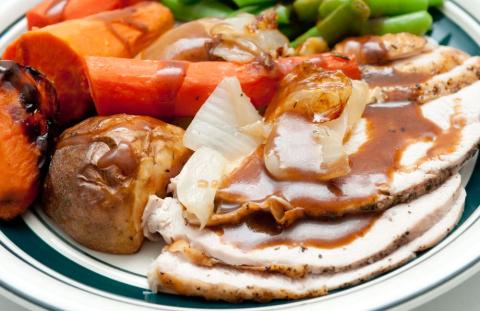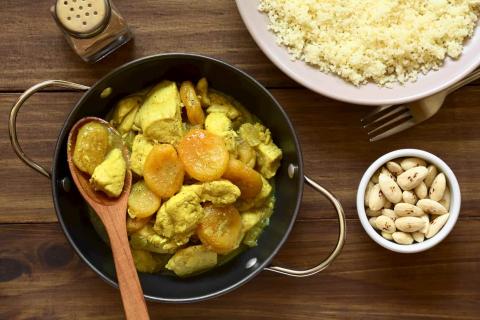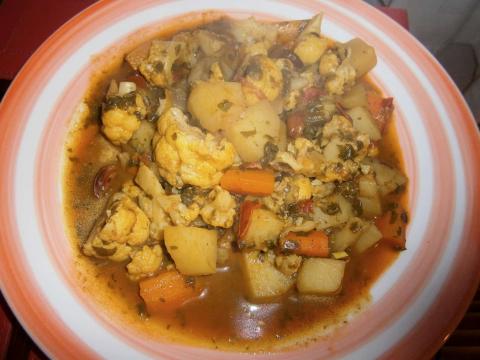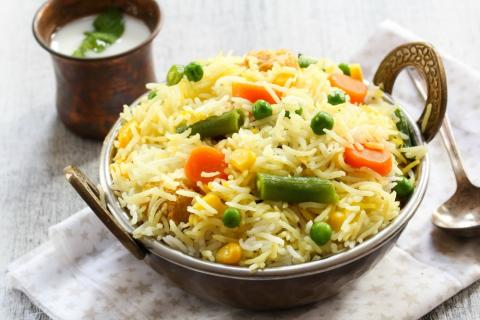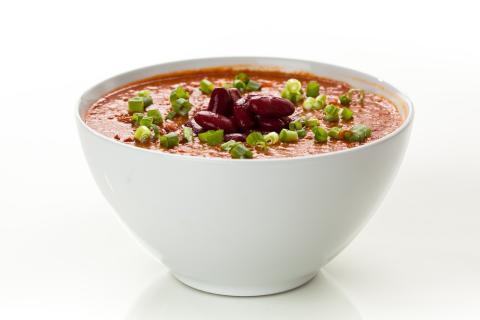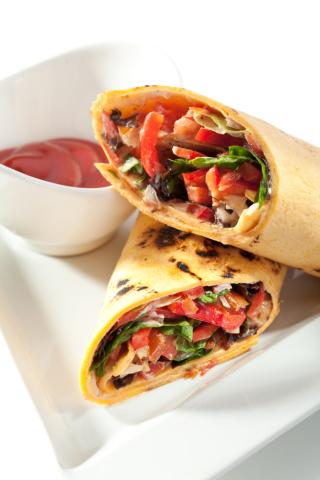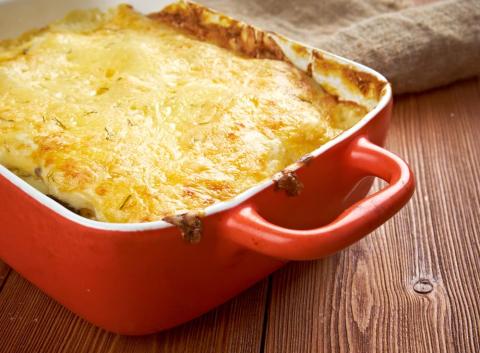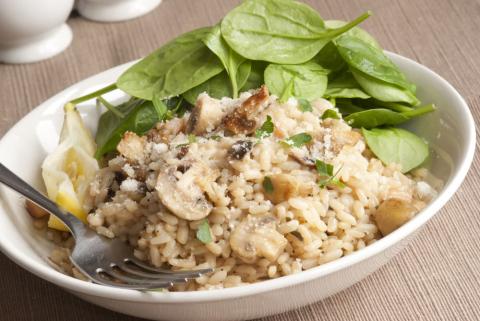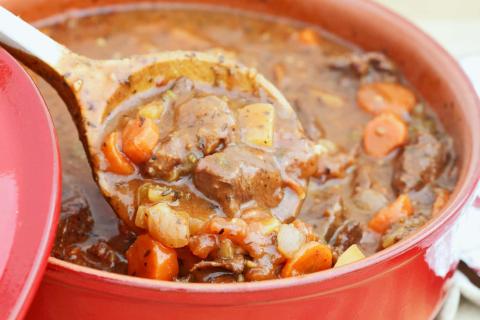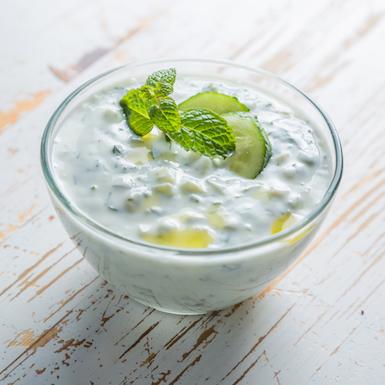- 4 Fillets (400g) Fresh Scottish Mackerel
- 2 Tablespoons (20g) Vegetable Oil
- 2 Medium (300g) Onion
- 6 (18g) Garlic Cloves or 30g Garlic Puree
- ½ Teaspoon (2g) Ground Ginger
- 1 Teaspoon (3g) Dried Cumin
- 2 Teaspoons (6g) Ground Coriander
- 1 Teaspoon (3g) Ground Turmeric
- 1 Teaspoon (3g) Garam Masala
- ½ Large Tub (250g) Low Fat Yoghurt
- 4 (20g) Green Chillies
- 1 Mug (300g) Easy Cook Rice
Ingredients
Allergy Disclaimer
Always check the label of each ingredient for allergy warnings.
Method
- Peel and chop the onion and garlic.
- Wash the chillies and cut them in half lengthwise. Remove the seeds and white bit surrounding them. Finely chop the chillies. Wash hands immediately after.
- Heat the oil in a frying pan and cook the onion over medium heat for 5 minutes, or until softened and lightly brown.
- Add the garlic and spices to the pan and stir for 2 minutes.
- Add the yogurt and chillies to the pan. Cover with a lid and simmer on a low heat for 10 minutes.
- Add the mackerel fillets and continue to simmer on a low heat for 10 minutes or until the fish is cooked through and flakes easily. Try not to cook too long as the fish will produce a liquid and the sauce will spoil.
- While the fish is cooking, boil the rice according to the instructions on the packet and serve with the fish curry.
Time Saver Tips
This recipe is tastiest if you use mackerel fillets. To prepare whole fish, clean then remove heads and tails, split the fish down the middle and remove the bones. To remove the skin, take the tail end of the fish and make a small angled cut through the flesh, with a sharp knife. Hold the fish tight with your hand while you gently move your knife through the fish, running the blade under the skin to loosen it. Wash the fillets and set aside, ensuring to clean hands, surfaces and all utensils used with the raw fish. If that sounds too time consuming, you can always use fresh or tinned mackerel that’s already been deboned.
Cost Saver Tips
Not got all these individual spices in? No worries – you can just use a few heaped teaspoons of curry powder. Pitta bread goes great with this if that’s what you’ve got in, or as a different option to try instead of rice.
Tips for Kids
If your wee one finds the taste of mackerel a bit strong, you could try mixing in some white fish or salmon so it’s got lots of different flavours.
Nutritional Information
Based on a single serving of 402g (% of an adult's reference intake)
Energy
537 kcals ( 27 %)
2,268 kJ ( 27 %)
Fat
3.2 g ( 16 %)
Saturates
83.4 g ( %)
Sugar
9.1 g ( 10 %)
Salt
0.4 g ( 7 %)
Detailed nutritional information
| Per 100g | Per 402g serving | |
|---|---|---|
| Energy Kcals | 134 | 537 |
| Energy Kj | 564 | 2,268 |
| Protein | 5.5 g | 21.9 g |
| Total Fat | g | g |
| Saturated Fat | 0.8 g | 3.2 g |
| Carbohydrates | 20.7 g | 83.4 g |
| Total Sugars | 2.3 g | 9.1 g |
| NSP Fibre | 0.9 g | 3.7 g |
| Sodium | 38 mg | 152 mg |
| Salt | 0.1 g | 0.4 g |
Find out about nutritional labelling
Nutrition labels on the front of packaging
- Most of the big supermarkets and many food manufacturers display nutritional information on the front of pre-packed food.
- Front of pack nutrition labels provide information on the number of grams of fat, saturated fat, sugars and salt and the amount of energy (in kJ and kcal) in a serving or portion of a recipe.
- The labels also include information about reference intakes (expressed as a percentage) which are guidelines about the approximate amount of particular nutrients and energy required for a healthy diet.
- The colour coding tells you at a glance if the food has high (red), medium (amber) or low (green) amounts of fat, saturated fat, sugars and salt.
- The more greens on the label, the healthier the choice
- Amber means neither high nor low, so you can eat foods with all or mostly ambers on the label most of the time.
- Reds on the label means the food is high in that nutrient and these are the foods we should cut down on. Try to eat these foods less often and in small amounts.
Food shopping tips
If you’re trying to decide which product to choose, check to see if there's a nutrition label on the front of the pack. This will help you to quickly assess how your choices stack up. You will often find a mixture of red, amber and green colour coding for the nutrients. So when you're choosing between similar products, try to go for more greens and ambers and fewer reds if you want to make a healthier choice.
 Activities & Play
Activities & Play Behaviour
Behaviour Childcare
Childcare Development & Growing Up
Development & Growing Up Family, Friends & Relationships
Family, Friends & Relationships Feeding Your Baby
Feeding Your Baby Food & Eating
Food & Eating Health & Safety
Health & Safety Mental Health & Wellbeing
Mental Health & Wellbeing Money & Work
Money & Work Online Behaviour & Safety
Online Behaviour & Safety Pregnancy & First Days
Pregnancy & First Days School & Education
School & Education Sleep
Sleep

